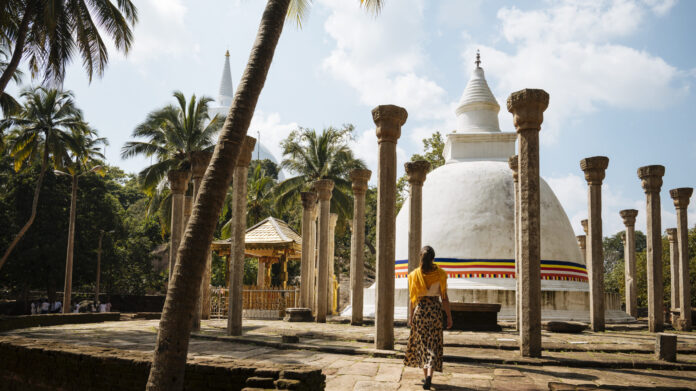Creating Authentic Cultural Experiences for the Conscious Traveller
Frontpage Journal | July 2025
In today’s competitive global tourism landscape, authenticity has emerged as a key driver for attracting discerning travelers. These conscious travelers seek more than just sightseeing; they desire meaningful cultural immersion that respects local heritage and supports sustainable development. For Sri Lanka, a country steeped in centuries of rich cultural traditions and diversity, this demand presents a unique strategic opportunity. However, delivering authentic cultural experiences requires a thoughtful balance between showcasing heritage and preserving its integrity.
Authenticity in cultural tourism is not merely about replicating traditional customs or packaging them for mass consumption. It involves a deep connection to place, history, and community. Conscious travelers expect experiences that are genuine, participatory, and ethically produced. This shift challenges tourism operators and destination managers to move beyond the standard brochure offerings toward co-creating experiences with local communities that tell their stories on their terms.
Sri Lanka’s diverse ethnic groups, rituals, arts, and crafts provide fertile ground for such experiences. Yet, commercial pressures often lead to commodification, where cultural elements are simplified or altered to meet tourist expectations, diluting their meaning and value. This commodification risks alienating both local custodians and travelers seeking authenticity. Therefore, strategic frameworks are needed to safeguard cultural integrity while innovating visitor engagement.
One strategic approach is to involve communities as equal partners in designing and managing cultural tourism products. Community-led cultural tours, participatory workshops, and authentic festivals are examples where locals control the narrative and delivery. This empowers communities, fosters cultural pride, and creates economic benefits that flow directly to custodians. For instance, villages in the Central Highlands have developed community arts centers where visitors can engage with traditional crafts under the guidance of local artisans, ensuring skills preservation and meaningful interaction.
Storytelling lies at the heart of authentic cultural experiences. It is not just about facts or history, but about personal narratives, emotions, and lived experiences that connect travelers with the spirit of a place. Technology offers innovative ways to enhance storytelling, including augmented reality (AR), virtual reality (VR), and interactive apps that allow travelers to explore layered histories and cultural contexts. Such tools can enrich visitor understanding without imposing physical strain on heritage sites, contributing to sustainable visitation.
Furthermore, measuring the impact of authenticity is crucial but challenging. Traditional tourism metrics focus on visitor numbers and spending, but authentic cultural tourism requires broader indicators. These include community satisfaction, cultural vitality, and visitor engagement quality. Advanced evaluation frameworks that combine qualitative and quantitative data can guide continual improvement, ensuring that experiences remain genuine and mutually beneficial.
Market segmentation analysis reveals that conscious travelers often belong to niche segments such as cultural explorers, eco-tourists, and heritage enthusiasts. They prioritize sustainability, ethical sourcing, and social impact in their travel decisions. Targeting these segments with tailored marketing that emphasizes transparency, community involvement, and cultural stewardship enhances destination competitiveness. Partnerships between tourism operators, community organizations, and government agencies are essential to develop and promote these authentic offerings.
However, challenges persist in scaling authentic cultural tourism. Infrastructure limitations, language barriers, and inconsistent quality can undermine visitor satisfaction. Strategic investments in capacity building, language training, and quality standards are necessary. Additionally, safeguards against over-tourism and exploitation of cultural assets must be embedded in policy and operational guidelines.
In conclusion, Sri Lanka stands at a crossroads where authentic cultural experiences can redefine its tourism sector. By placing communities at the center, leveraging technology for storytelling, and adopting comprehensive impact evaluation, the country can attract conscious travelers seeking deeper connections. This strategic direction not only enhances economic resilience but also preserves the cultural fabric for future generations, ensuring tourism is a force for positive cultural exchange and sustainable development.




